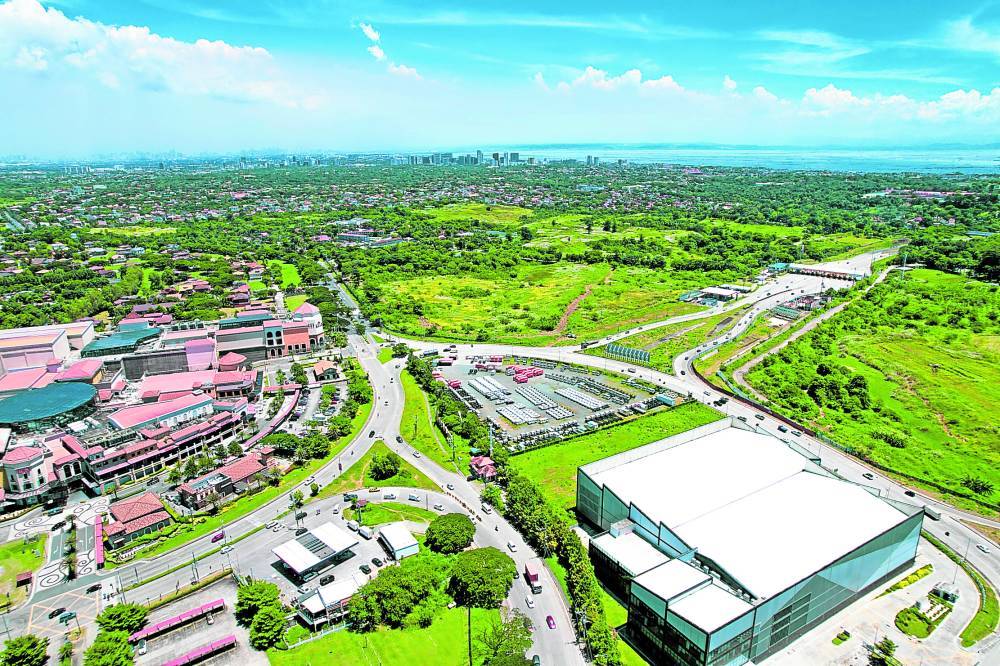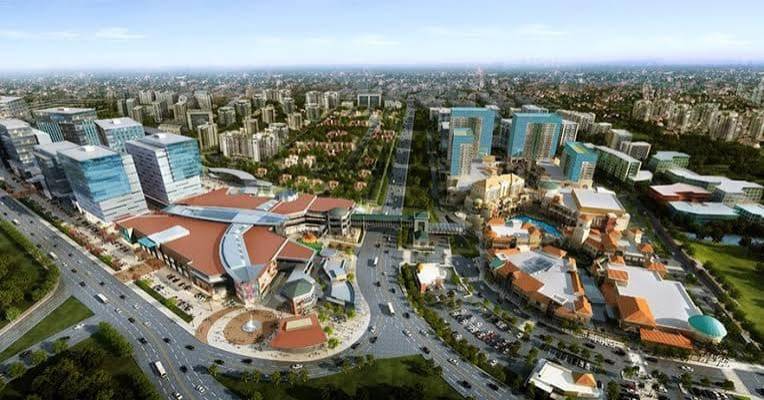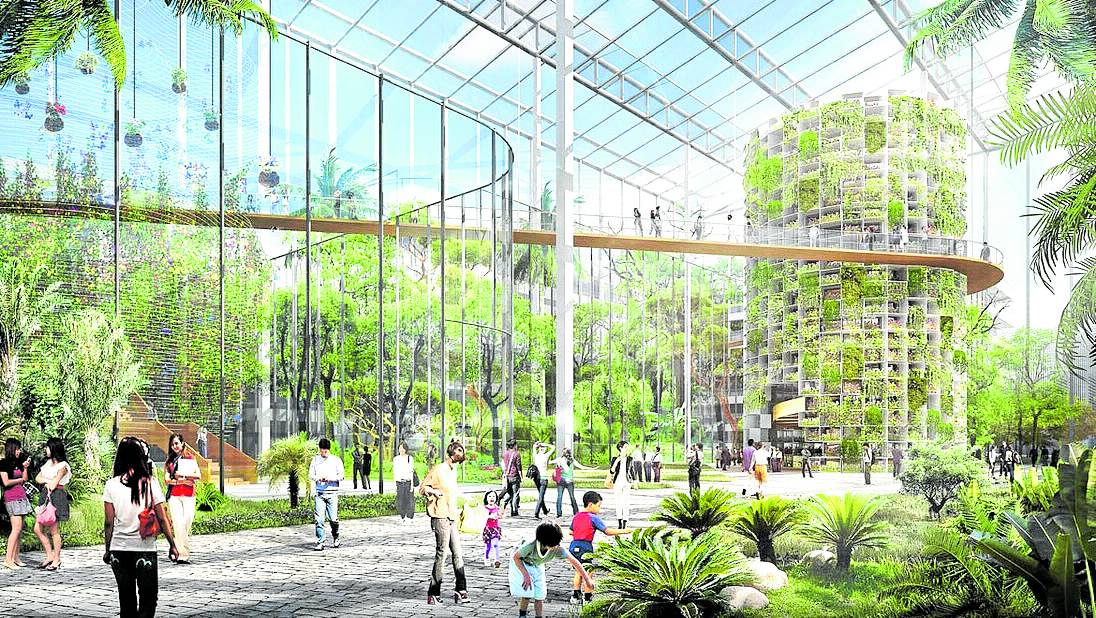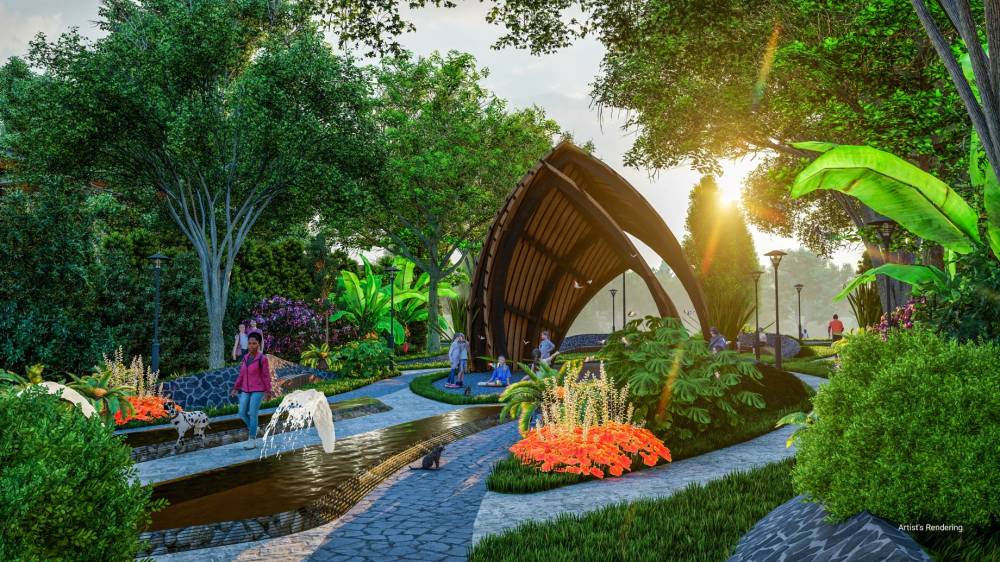Formulating the future of towns
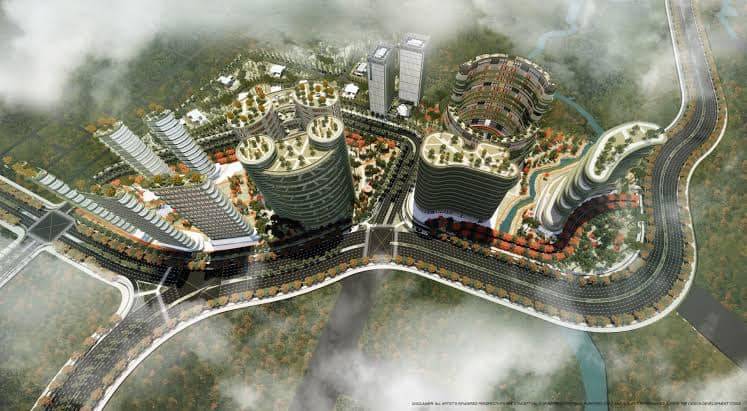
A progressive property allows for the evolution of the community, accommodating new technologies, residential needs, and commercial opportunities.
The foundation of a thriving, integrated mixed-use community lies in its ability to blend various elements into a cohesive whole.
A well crafted masterplan should be able to integrate offices, parks, residences, and commercial spaces into a unified, functional, and aesthetically pleasing environment, allowing the holistic concept of work, live, play, and learn to foster a balanced lifestyle and create a vibrant, autonomous community.
Engines of economic growth
Office zones within an estate or a township serve as engines of economic growth. These areas accommodate a range of businesses, from small startups to large corporations, providing them with the infrastructure needed to thrive.
The placement of office zones should be strategic to ensure easy access while maintaining a comfortable distance from residential areas to reduce noise and traffic congestion. This thoughtful placement encourages an energetic economic environment without compromising the tranquility of living spaces.
Parks and green spaces
Parks and green spaces are vital to a community’s ecosystem, offering residents and visitors a tranquil escape from the urban hustle. These promote physical health, mental well-being, and community cohesion amid aesthetically pleasing landscapes.
Specifically, green spaces serve as communal hubs where people can gather, children can play, and everyone can enjoy the outdoors, fostering a strong sense of community and belonging.
Foundations of community life
The residential areas are the heart of a place, designed to provide various housing options that cater to different preferences and income levels. These areas prioritize safety, privacy, and comfort while promoting social interaction through community centers, playgrounds, and shared spaces. The architecture and layout of these spaces are vital to creating a sense of ownership and community, encouraging residents to form lasting bonds and take pride in their environment.
Hubs of commerce and culture
Commercial shops offer maximum convenience to residents while attracting visitors from outside. These areas are bustling hubs of activity, presenting a range of services as well as shopping and dining options that cater to the diverse tastes and conditions of the community.
By integrating these commercial spaces seamlessly into a mixed-use community, developers ensure that residents have everything they need within easy reach, enhancing convenience and fostering a lively, enthusiastic entrepreneurial atmosphere.
A nucleus of connectivity
Proper circulation that respects pedestrians and bikes is paramount. Wide sidewalks, bike lanes, and pedestrian-friendly pathways ensure that the community is navigable without relying solely on motor vehicles. This approach reduces traffic congestion and promotes a healthier, more active lifestyle among residents.
Progressive layouts for future expansion
The vision for any estate or township should include room for growth. A progressive property allows for the evolution of the community, accommodating new technologies, residential needs, and commercial opportunities.
Anchor concepts that most township developments lack these days, such as golf courses, entertainment arenas, academies, research institutes, and cultural centers, can be the heart around which future developments orbit.
Cultivating community and culture
Beyond the physical infrastructure, the soul of a township lies in its ability to cultivate a sense of identity. Public spaces, community centers, and event venues provide settings for social interaction, cultural expression, and collective activities, binding citizens together and creating a shared legacy.
The author (www.ianfulgar.com) is a leading architect with an impressive portfolio of local and international clients, his team elevates hotels and resorts, condominiums, residences, and commercial and mixed-use township development projects. His innovative, cutting-edge design and business solutions have garnered industry recognition, making him the go-to expert for clients seeking to transform their real estate ventures
